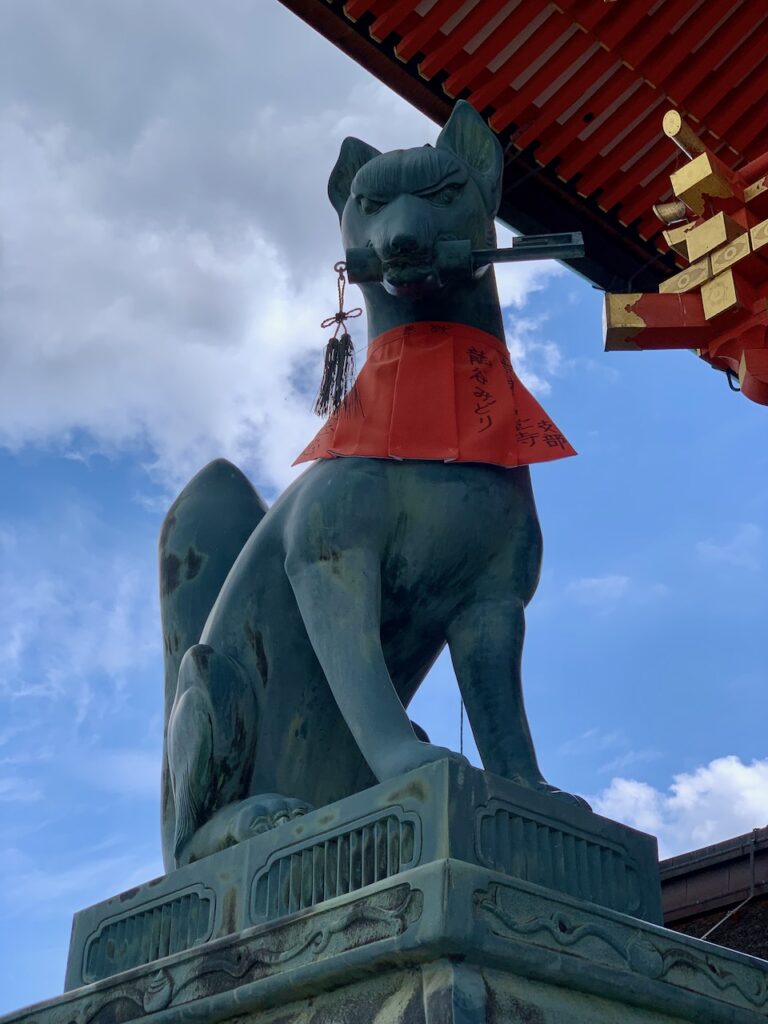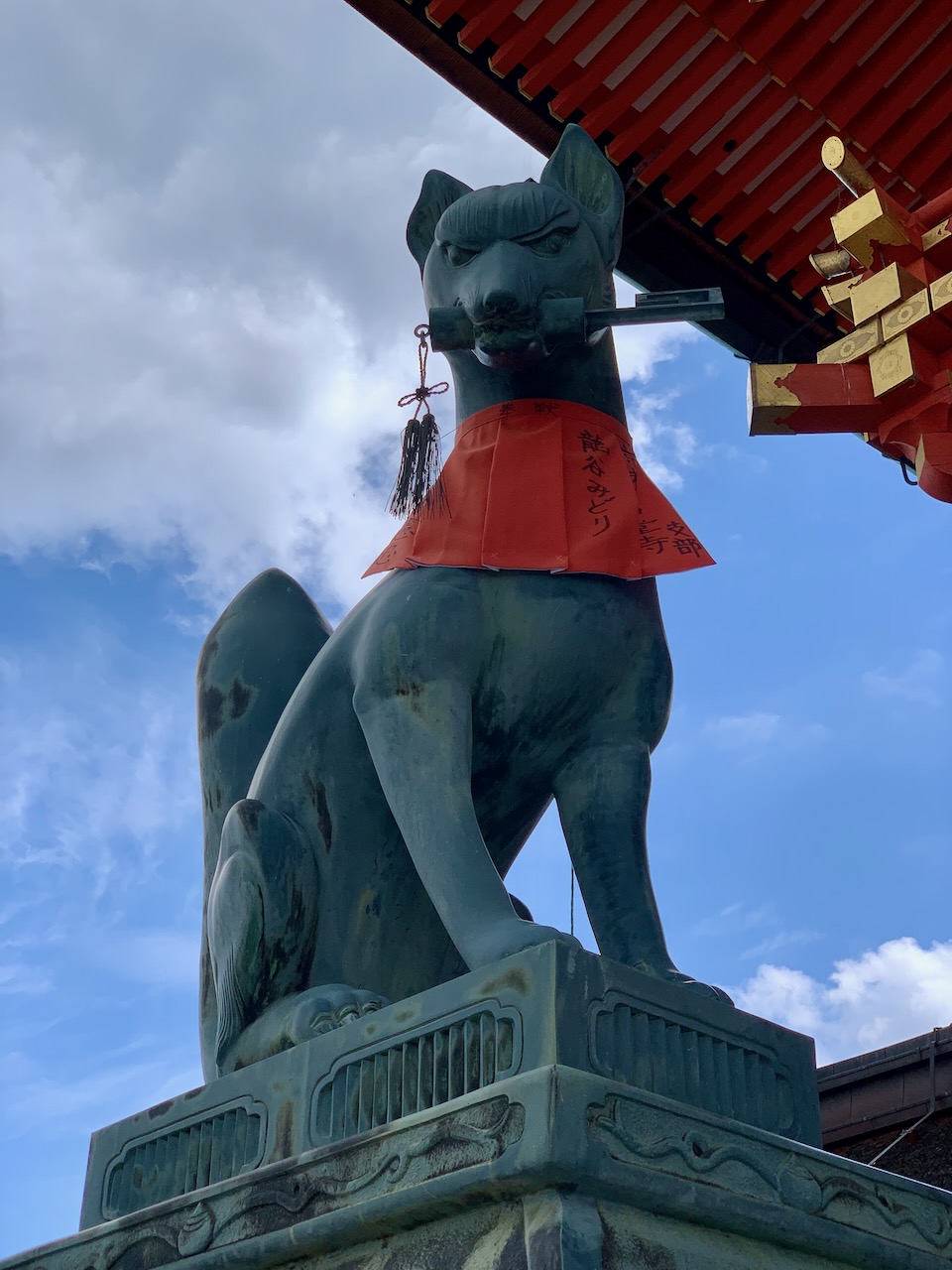The Battle of Two Religions and their Messengers
Japan’s faith structure primarily consists of the indigenous Shinto faith and imported Buddhism. Shinto can trace its history beyond 10,000 b.c.e., with millions of individual deities co-existing in the physical world. Buddhism, as a natural-law faith, came from China (via Korea) in 552 c.e.
When Buddhism arrived in to the Japanese islands, the two faiths competed for attention and dominance. In 592, Emperor Suiko championed Buddhism, quickly elevating it as the national religion. However, Shinto remained in the souls of the Japanese and didn’t easily fade away. Instead, a hybrid environment grew, blurring the dogma of each faith, integrating into a single unifying culture.
Shinbutsu-Shugo was the millennia-long practice of mixing the bits of temples (Buddhist) to the bobs of shrines (Shinto). This collaboration stopped during the Meiji Period in the late 1800s, but most pre-Meiji structures retain this collaboration. Even today, the lion’s share of historic temples and famous shines exhibit Shinbutsu-Shugo traits.
An example of this hybrid religion is the role of certain animals in the spiritual realm. In the Shinto faith, foxes (kitsune) are the messengers of the gods. Statues and likenesses of kitsune dot Japan. They ferry prayers and offerings from shrines, big, small, and micro, to the gods being beckoned. In modern Japan, real kitsune only exists in Hokkaido, though their spiritual image spans the entire country.
If kitsune play the role of Hermes, then deer (shika) play the role of Mercury. Two sides of the same coin. Unlike their fox-statue cousins, living shika wander temple grounds and shrine landscapes as they ferry messages back and forth to the spiritual world. The city of Nara and the island of Miyajima are stuffed with shika, hungry for handouts from the many pilgrims that visit. They are the true citizens of these holy places, relegating humans to immigrant status. But like everyone else in Japan, shika are polite. Shika bow when greeting humans, granting us respect while fulfilling their role of delivering messages (it helps they’ve learned bows earn them treats).
When visiting Japan, take time to see these living messengers. You’ll be amazed at how an ancient, hybrid religious system has stood the test of time.

